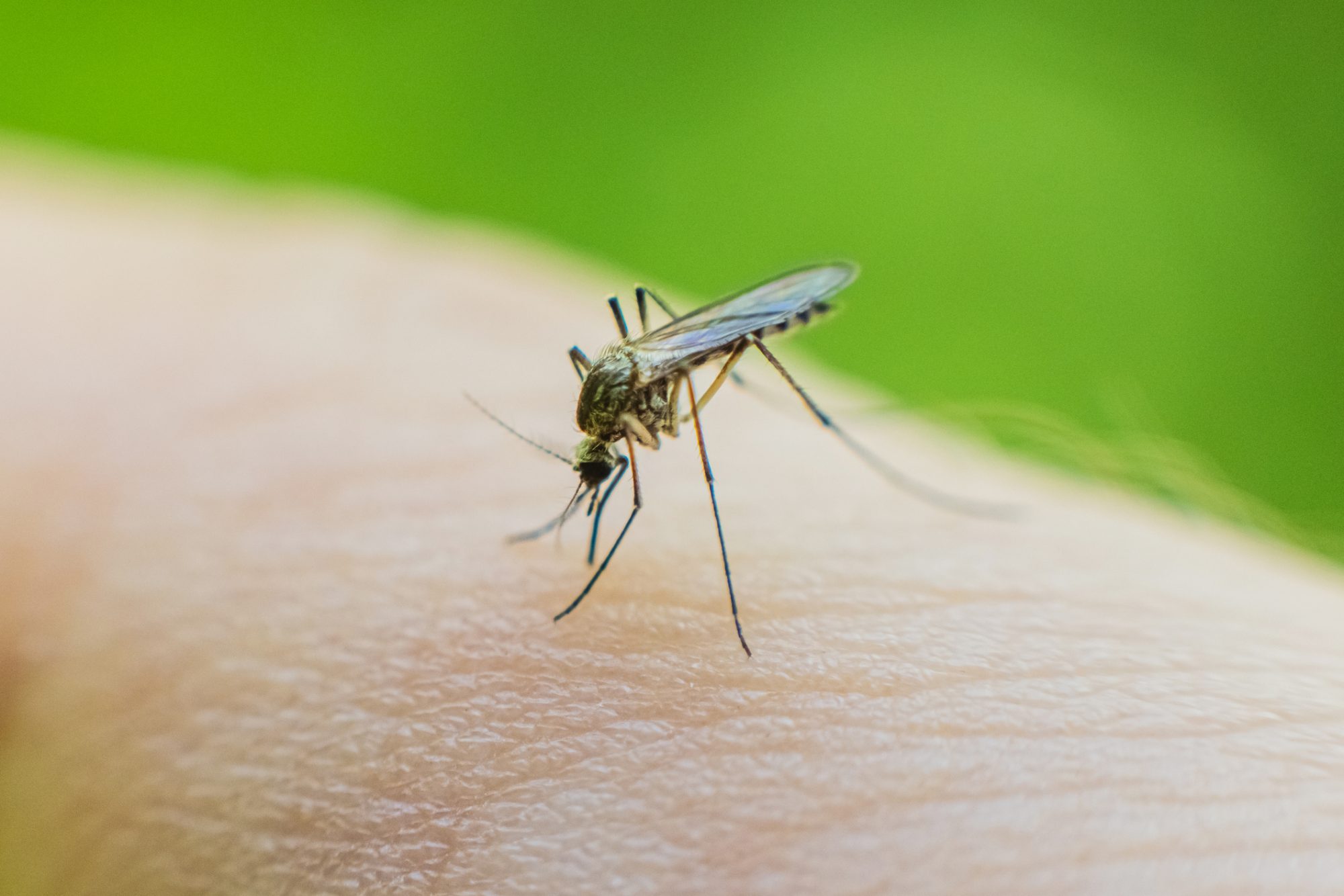UCSF researchers report a new spatial repellent that provides up to one year of protection against malaria and other mosquito-borne diseases, marking the first WHO-endorsed vector control tool in over four decades
Researchers at UC San Francisco, in collaboration with global health partners, have unveiled a simple yet powerful tool in the fight against malaria: a paper-thin spatial repellent that deters mosquitoes for up to a year. This innovation, developed through years of research and testing, could transform disease prevention in vulnerable regions, reducing reliance on traditional nets and sprays while offering long-lasting protection against multiple mosquito-borne illnesses.
“We finally have a new way to protect against mosquito bites, especially one that fills in some of the gaps of our existing methods,” said Ingrid Chen, PhD, MS, an associate professor of epidemiology and biostatistics at UCSF and the first author of the paper. “It’s lightweight, affordable, and easy to use, so it can be used to help save lives in all parts of the world.”
The findings are detailed in the journal, eBioMedicine.
Over 40 species of mosquitoes transmit malaria
In 2023, malaria killed 597,000 people, primarily children under five years old, in sub-Saharan Africa. The WHO aims to cut malaria mortality rates by at least 90% compared to 2015 levels and to eliminate the disease in at least 35 countries by 2030. However, progress has slowed in recent years due to the COVID-19 pandemic, limited funding, and the growing issue of insecticide resistance.
There are over 40 species of mosquitoes that transmit malaria, and each has distinct biting and resting habits. For example, the Anopheles mosquito primarily bites at night, while the Aedes mosquito, which carries dengue and Zika, bites during the day. This presents a challenge: Creating a repellent that works against all mosquitoes.
Current repellents carry a range of limitations. Insecticide-treated nets generally only protect people indoors and at night, and Topical repellents are expensive and need to be regularly reapplied.
UC San Francisco researchers have analysed a new class of spatial repellent that overcomes these challenges. It uses chemicals similar to those in treated bed nets, which are considered safe, but in a more volatile form. Spatial emanators can be used day and night and do not require heating or electricity, making them easy to use in remote areas in Africa, South America, and Southeast Asia, where malaria is prevalent.
New spatial mosquito repellent targets all species
The researchers analysed 25 years of data, examining 1.7 million mosquitoes that had been collected and characterised, and collating the findings into a comprehensive database.
The team found that these spatial repellents provided an average protection of 56%, meaning they prevented more than half of the bites that would have occurred without the device. The tool protects against all types of mosquitoes that carry disease, although with varying levels of efficacy.
Three products, BiteBarrier, Mosquito Shield, and Guardian, are already being produced. BiteBarrier is the first to be sold in the U.S., and it works for up to 21 days. Mosquito Shield is effective for about 30 days, while Guardian, the most long-lasting of the three, can last up to one year, providing a cost-effective and convenient option for long-term protection.
The findings follow the World Health Organization’s latest recommendation in August, supporting the use of spatial emanators, the first new vector control product class available in more than 40 years.
